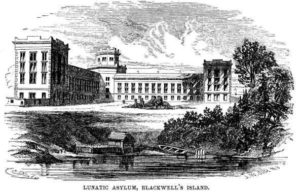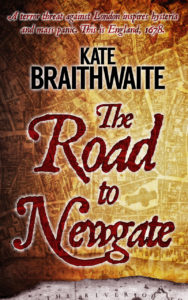With the August heat upon us, this month's guest on Historical Authors Across Time is Emma Rose Millar, writing about mental health in the 19th century and the famous Nellie Bly. The Victorian Asylum Novel reading, nymphomania, bad habits: just some of the numerous reasons a nineteenth-century … [Read more...]
Politics, Plots, and Witchcraft-Stories of the Seventeenth Century
Today on Historical Authors Across Time, Kate Braithwaite writes about the history, drama, and events of the seventeenth century. I'm so pleased to have her as a guest. Discovering the Seventeenth Century With plots and counterplots, royal marriages and infidelities, war and witchcraft, the … [Read more...]
Mithraism in Ancient Rome: A Soldier’s Religion
Today, I would like to welcome author, Pam Allegretto. She's this month's guest blogger at Historical Authors Across Time, talking about the god, Mithras, and Mithraism in ancient Rome. Learn more about Pamela at the end of this post. While conducting research for my World War 2 novel … [Read more...]
Strong Women in Historical Fiction
I’ve been fortunate to have many adventures in my life. I think it’s because I’ve always had a sense of curiosity, bravado, and sometimes impulsive ‘leap before you think’ behaviors. All I can say is that I’ve been lucky because some of my actions had the potential for not so pleasant and even … [Read more...]
Ancient Roman Board Games
What would the modern person do if television, the movies, Social Media, sports, and music events didn’t exist? Chances are we might spend our time playing more board games just like the ancient Romans. The ancient Romans loved board games. Some of the more common board games played by ancient … [Read more...]





